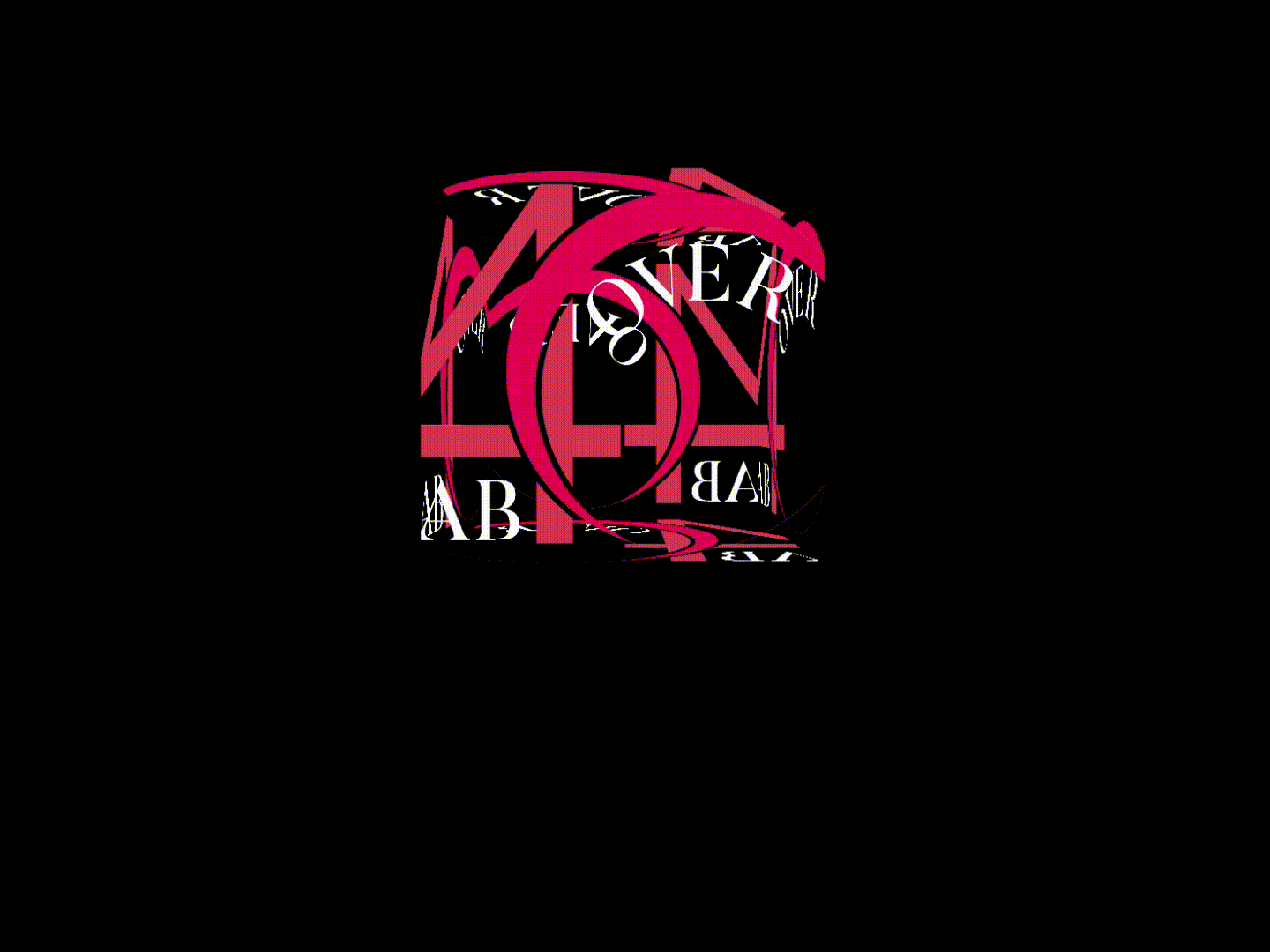That familiar pain in your back could be preventing you from shaping up your front – especially your abs. Our health expert dishes out eight ways to flip your body for the better.
Good Morning, Bad Back?
The best time to exercise may not be the morning. The discs between your vertebrae essentially “plump” as you sleep overnight, and that added pressure makes you more prone to injury. Add exercise to the mix and you increase your risk dramatically.
Keep in mind that this doesn’t only apply to your time in the gym. Activities like core workouts, boot camps,
weight training, and yoga can be risky for those prone to back pain, but so can something as simple as shovelling
or vacuuming. Any movement that compresses, twists, or increases torque on the spine makes you more prone to injury any time during the day, but first thing in the morning is worse. Much of the fluid that has accumulated in your back during sleep dissipates within about an hour of rising. It’s safe to begin exercising after that – get up, start moving, and, for the most part, gravity will take care of the rest. An easy activity like taking the dog for a walk is perfect – as long as you don’t have a 100-pound dog that’s apt to pull!
Feeling Good Does Not Equal Good
Pain is a message that’s easy to understand – your body is telling you that something is wrong. But what if harmful actions you’ve been doing feel good? For example, hugging your knees to your chest may give you momentary relief, but this motion creates undesired forward spinal flexion. And if you’ve ever been told to stretch before you get out of bed or your back temporarily feels better while you’re doing crunches, the bad news is that these motions may not be in your best interest – but for diehards, giving them up may be difficult.
On the other hand, there may be good-for-your-back motions that you despise. Don’t like squatting? Well, weak gluts can lead to back trouble when doing simple things like leaning forward to pick up something in the shower or from the floor.

Brace Yourself
“Suck your belly in” and “draw your navel to your spine” are common cues in core-focused exercise classes. However, new research shows these actions can actually make the core weaker, since the contraction in your abdominals is much less than if you were to brace your middle. Though these “suck” and “draw” techniques are often left out of modern fitness certification programs, they linger on; instructors may be still teaching them if they’re not keeping up with industry standards and the latest research.
These types of cues are rampant in those seemingly free YouTube exercise videos – videos that could end up costing you in the long run, only not in dollars and cents. A better technique is to brace or stiffen your trunk, as you would in a plank, instead of “hollowing” the core by drawing your muscles inward.

Take a (Proper) Stand
People often fear weight training because of the perceived risk of injury. But the weight room, where you’re more conscious of form in general, is probably the least of your worries. There are two risky movements that we often do, without thinking, many times throughout the day: getting up from the floor and lifting objects.
To properly get up from the floor, you must keep your back straight and use your lower body to initiate the lift. Try this:
- Get on all fours.
- Come to a kneeling position with one knee down and the other foot in front of you, flat on the ground.
- Using a nearby chair or table if needed and keeping your back upright, extend your legs to rise.
When lifting heavy objects, hold them close to your body from start to finish. If you must bend over to lift something, stagger your feet instead of placing them side by side.
Skip Forward Flexion
Crunches and sit-ups are forward flexion exercises. They carry a risk for all exercisers, but if you have a thicker spine you will experience more intra-disc pressure during flexion – do the same routine as someone with a thinner spine, and you’ll be at a greater risk of being injured. Keep in mind that the thickness of any bone in your body, including your spine, can only be shown through an X-ray or MRI, which means most people simply don’t know until it’s too late.
If you feel uncomfortable while doing these types of exercises then leaving them out is no hardship. As mentioned earlier, it’s harder to accept this fact if you don’t feel pain. Whether you feel pain or not, forward flexion against force adds stress to the discs in your lower back, and this repetitive movement is eventually going to cause some problems.
Of course, forward flexion is not always bad – it’s a natural motion that your body is capable of, and you want a flexible spine that can go through many ranges of motion. Cat and cow back stretches, for instance, are appropriate, since the absence of resistance reduces your injury risk.
Don’t Start Your Day on a Pushy Note
If movements like crunches and sit-ups are stressful actions, then pushing a shovel, vacuum cleaner, or pulling a big dog around the block are stressful inactions for your spine. These are motions that increase the pressure applied to your discs, a side effect you certainly want to avoid in the morning, as we learned earlier. Save the big boot camp moves like flipping tires and the weighted sled until later in the day. Think of it this way: now you have an even better reason to not vacuum first thing in the morning!
Stir the Pot and Carry Your Weight
One great exercise that is a worthy substitute for forward-flexion core moves is something called “stir the pot” – perhaps the very emotion you’ll feel after reading this article!
Grab a stability ball and set your forearms on it, bringing your body into a plank position with your legs extended behind you. If you’re new to planks on the ball, allow yourself to adapt to this position first, spreading your legs slightly wider for support if necessary. To “stir the pot”, use your arms to move the ball in small circles clockwise and then counter clockwise. Brace your core to keep the rest of your body still and your hips level.
Another great move is carries. Carries are a simple enough exercise that you won’t often see included in workouts – but they should be! Hold a heavy dumbbell or kettlebell in one hand as you walk across the room. When you get to the end, switch hands and walk back, focusing on keeping your chest lifted and back flat. As you get better at this move, try bringing the weight up to chest height; you should feel your core muscles engage a bit more. You can even try switching your grip in this manner during squats or lunges to increase the work on your abs.
Take Your Time
Ignore the taunting chatter you read online or hear in class – you don’t need to hold a plank as long as possible. Past your point of fatigue, you’re not doing your body any further good. Turning on and off your muscles by repeatedly stimulating them and then resting will provide more benefit than long holds, especially if you’re a beginner.
If your core muscles aren’t very resilient, hold your plank for only 10 seconds, resting momentarily before repeating for five or six repetitions. Repeat these shorter core sessions throughout the day – morning, noon, and evening – until you can do a single longer session. The following week increase the length of your reps to 15 to 20 seconds. Finally, when you’re ready for it, progress to performing 30-second holds twice per day.
















